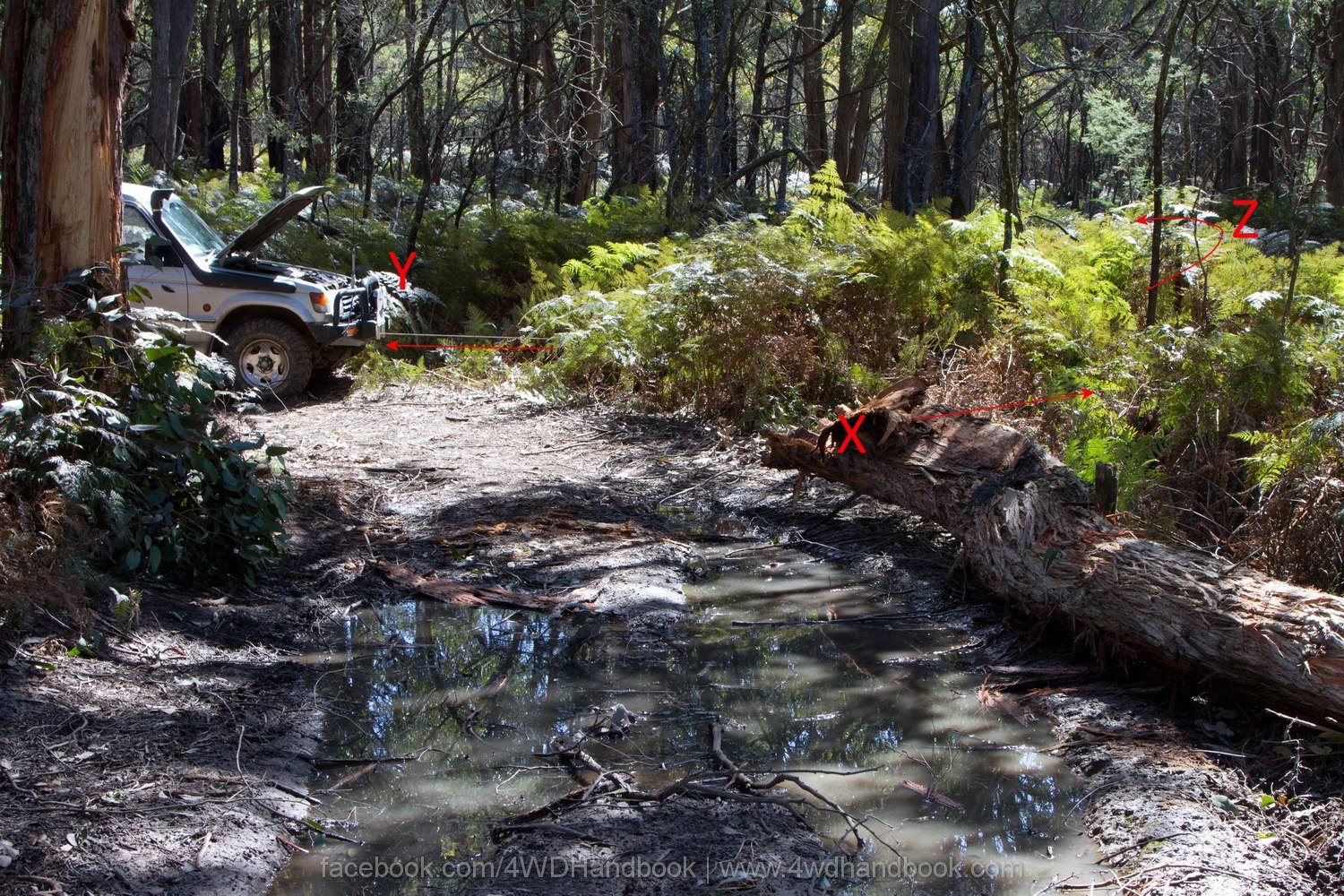
Would Australia’s electricity system be overloaded if everyone bought an electric car tomorrow?
A common worry about electric cars is that it’ll ‘brown out’ or overload the electricity supply. I don’t think that’ll happen, and my reasoning is below, and as usual with any big-picture . I’m yet to see anyone provide their reasonsing as to why there would be a problem.
In 2020, Australians bought:
- 454,701 SUVs
- 205,597 Light-Commercial vehicles
- 222,130 Passenger cars
according to the FCAI who tracks these things, and that totals 882,428 vehicles. I’m excluding here heavy vehicles as there aren’t electric alternatives for them yet.
The next part of the puzzle is the the average mileage, which according to the ABS, is 11,100km for passenger vehicles (which would include SUVs by their definition) and 15,300 for LCVs. I’m going to take the upper figure and round it up to 16,000. And I’ll round those 882,428 vehicles to 900,000, so 900,000 vehicles driving 16,000km gives us 14,400,000,000 km in a way.
Now let’s take an average EV, the Hyundai Kona electric long-range which I have just reviewed. That car has a claimed 449km range from its 64kWH battery. I’m going to cut that by 30% to 314km to allow for real-world driving – this is conservative, as a more accurate reduction would be 15-20%. In fact, call it 300km.
So, 14,400,00,000 divided by 300 is 48,000,000. Which is how many recharges will be needed for 900,000 EVs to drive 14,400,000,000km. The Kona’s battery is 64kWh, so that’s 48,000,000 x 64kWh = 3,072,000,000kWh. Or, 3.072 TWh (terawatt hours) – the amount of electrical power we’d need to generate if everyone bought a new EV in 2022 instead of an ICE.
Now we come to how much electricity Australia actually consumes per year, and the answer to that is 188 TWh, according to the AMEO. But, the AEMO doesn’t include WA and NT, because that’s just how we roll with national bodies in Australia. So, as I couldn’t find the annual consumption for either, I’ve done this; the population of Australia is 26m, and combined WA and NT are 2.95m, 11% of Australia, so add 11% to the 188Twh and we have 209TWh for all of Australia.
So, we consume 209Twh per year and if we all bought EV SUV/LCV/passenger cars next year, then we’d need an extra 3TWh…or around 1.4% more electricity than we do now.
Is producing 1.4% more electricity really going to be a problem for Australia? I suspect not.
But there’s more.
Turns our electricity use over the years is decreasing, according to AEMO, from a peak of 210 TWH in 2008 to today’s 188 TWH (assuming NT and WA are similar) – that’s 22 TWH. So, looks like we can generate more electricity than we need, assuming we’ve not lost the ability to generate our 2008 peaks, and adding another 1.4% or 3 TWh for a year is entirely possible.
So the answer is clear – even if from 2022 onwards every single passenger vehicle sold was a EV, we’d need to increase our electricity production by around 1.4%, maximum. In reality, a lot less as I’ve been very conservative with the figures above, and of course our new-car market share won’t change from 2% EVs to 100% EVs overnight.
There are reasons not to buy EVs, but concern over electricity generation is not one of them.


